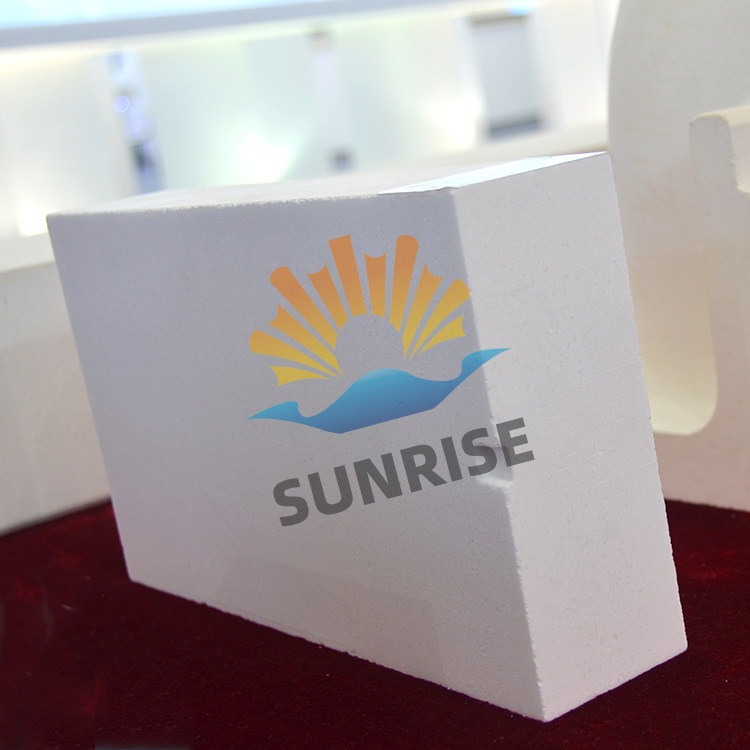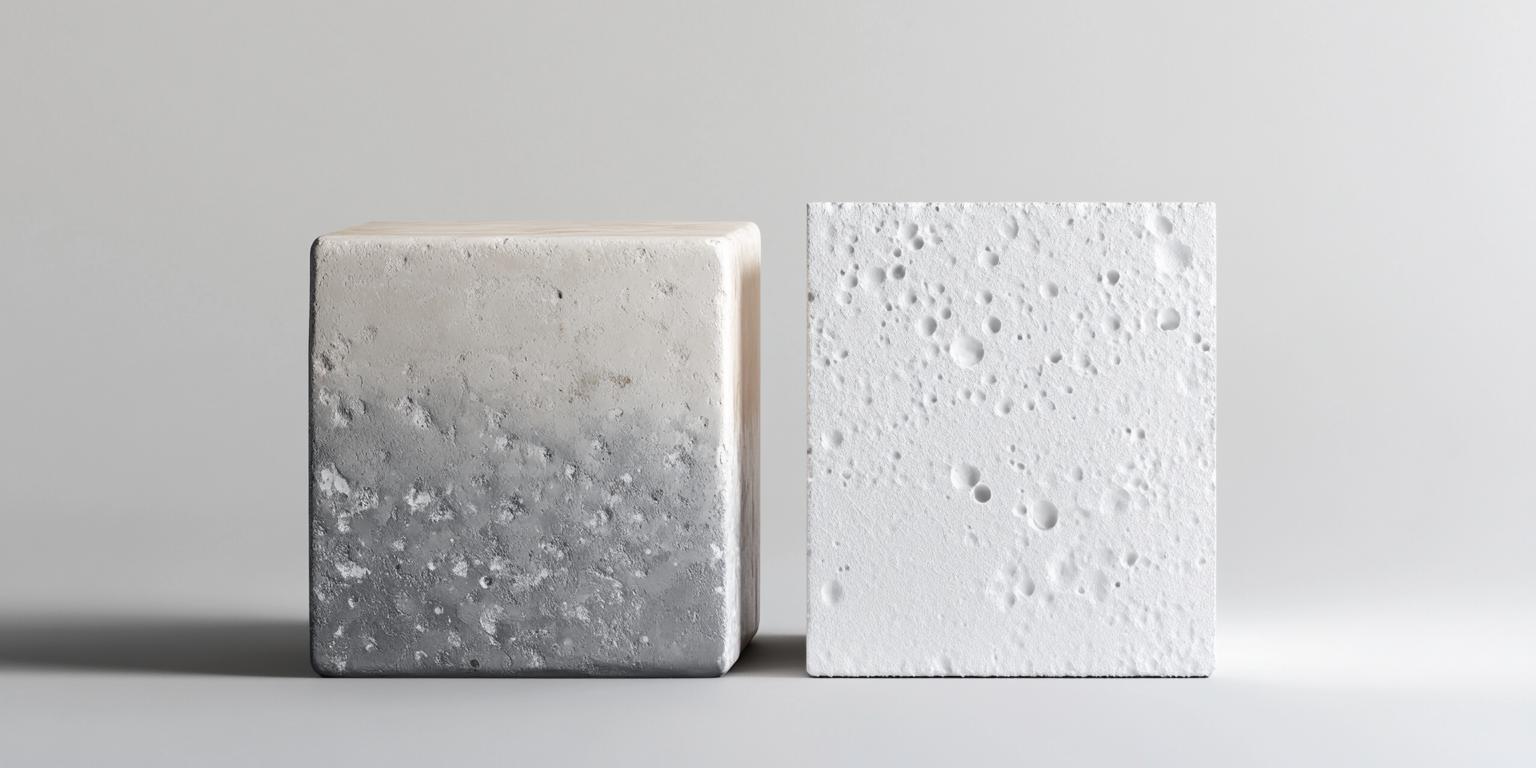
When it comes to sourcing high - quality refractory materials, global buyers often find themselves in a maze of choices. Among the numerous options, mullite bricks stand out as a crucial player. Understanding the classification and characteristics of mullite bricks is not just beneficial but essential for making an informed purchasing decision. Let's embark on a journey to uncover the secrets of these remarkable bricks.
Sintered mullite bricks are crafted from natural raw materials such as kyanite, sillimanite, and andalusite. These materials are first crushed and then mixed with appropriate binders. The mixture is then shaped into bricks and fired at high temperatures, typically around 1500 - 1700°C. This sintering process enhances the density and strength of the bricks.
One of the key features of sintered mullite bricks is their excellent thermal stability. They can withstand temperatures up to 1750°C without significant deformation. In addition, they have a relatively low thermal conductivity, which helps in reducing heat loss in high - temperature applications. According to industry data, sintered mullite bricks can save up to 15% of energy compared to some other refractory materials in certain industrial furnaces.

Fused mullite bricks are produced through an electric melting process. High - purity alumina and silica are used as raw materials. These materials are melted in an electric arc furnace at extremely high temperatures, around 2000 - 2200°C. After melting, the liquid is poured into molds and cooled to form bricks.
Fused mullite bricks are known for their superior mechanical strength and corrosion resistance. They can resist the erosion of various slag and molten metals better than sintered mullite bricks. Their high density also makes them more durable. In fact, in some harsh industrial environments, fused mullite bricks can have a service life that is 2 - 3 times longer than that of sintered mullite bricks.

| Features | Sintered Mullite Bricks | Fused Mullite Bricks |
|---|---|---|
| Raw Materials | Kyanite, sillimanite, andalusite | High - purity alumina and silica |
| Production Process | Sintering at 1500 - 1700°C | Electric melting at 2000 - 2200°C |
| Thermal Stability | Up to 1750°C | Higher, can withstand extreme heat |
| Mechanical Strength | Good, but relatively lower than fused bricks | Superior |
| Corrosion Resistance | Moderate | Excellent |
Sintered mullite bricks are widely used in industrial furnaces where energy efficiency and thermal stability are the main concerns. For example, they are commonly used in glass melting furnaces, ceramic kilns, and some heat - treatment furnaces. On the other hand, fused mullite bricks are the preferred choice in more demanding environments, such as steelmaking converters, non - ferrous metal smelting furnaces, and high - temperature chemical reactors.

In conclusion, both sintered and fused mullite bricks have their unique advantages. Sintered mullite bricks offer good thermal stability and energy - saving features, while fused mullite bricks provide superior mechanical strength and corrosion resistance. When making a purchasing decision, global buyers should carefully consider their specific requirements, such as the operating temperature, the nature of the corrosive agents, and the budget.
Are you looking for high - quality mullite bricks that meet your specific needs? Our company offers a wide range of sintered and fused mullite bricks, carefully crafted to ensure top - notch performance. Contact us today to discuss your requirements and let us help you make the right choice!


